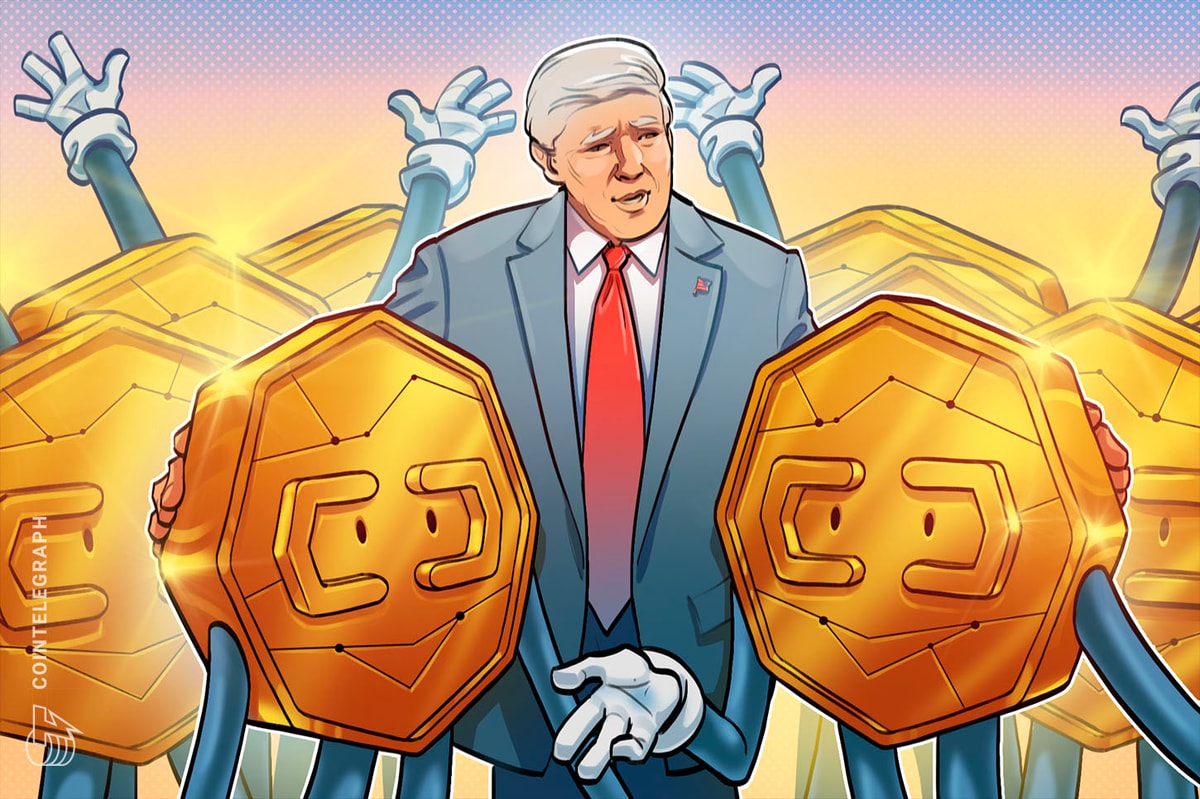Bitcoin (BTC) traded down by 4.1% on Nov. 14 following US inflation data that marginally exceeded market expectations. This decline mirrored the S&P 500 index futures, which fell from 6,023 to 5,980 over four hours.
As a result, traders are now questioning the extent of this correlation and when Bitcoin’s inflation-hedging attributes might offer some protection in an environment of persistent inflation.
S&P 500 index futures (left) vs. Bitcoin/USD (right). Source: TradingView
While the October US Producer Price Index (PPI) showed a 2.4% annual increase, slightly above the 2.3% consensus, it has not altered the consensus outlook for a 0.25% interest rate cut by the Federal Open Market Committee (FOMC) in December. However, there is growing skepticism regarding the Federal Reserve's ability to maintain its rate-cut trajectory through 2025.
Persistent inflation and Bitcoin’s role as a hedge
Historically, Bitcoin has benefited from inflation concerns. However, in 2021 and 2022, government-led liquidity injections through stimulus checks and Fed balance sheet expansion dampened these effects. At that time, recession risk was minimal, despite rising costs. Today, the situation has changed; while the labor market remains relatively strong, traders are cautious, anticipating potential corporate earnings pressures.
Although the new administration under Donald Trump has proposed cost-cutting measures and strategies aimed at strengthening the US dollar, these actions could pose short-term challenges for risk assets. For instance, a Reuters report indicated the potential elimination of the $7,500 tax credit for electric vehicle buyers, which prompted a nearly 5% drop in Tesla's stock price on Nov. 14.
In a similar vein, the recent appointments of Elon Musk and Vivek Ramaswamy to lead a new government agency aimed at streamlining the bureaucracy and restructuring federal agencies are likely to result in some job losses and reduced funds available for investment from both individuals and businesses. This dynamic will likely impact the stock market and could ripple through other sectors, including housing, commodities, and Bitcoin.
US government spending (left) vs. Bitcoin/USD (right, log). Source: TradingView
Related: Pennsylvania lawmaker introduces bill for ‘strategic Bitcoin reserve’
US fiscal policies and their impact on Bitcoin demand
One of Bitcoin’s primary roles is as an alternative reserve asset, offering a hedge against currency devaluation as governments expand their spending. If the US government successfully limits spending growth, demand for Bitcoin as an inflation hedge may decrease, as investors would see less risk in holding US dollars.
However, it's uncertain whether investors would indeed lose interest in Bitcoin’s scarcity value, given its appeal as a censorship-resistant, transparent asset. Unlike gold, stocks, or real estate, Bitcoin has an extremely predictable issuance schedule, which could support its demand even without direct competition with the US dollar, especially in the initial stages of adoption.
Bitcoin’s recent intraday movements have aligned with the stock market performance, reflecting concerns over persistently high inflation. Nevertheless, on a broader scale, the US fiscal challenges are likely to remain, as meaningful reductions in government spending are improbable amid recession risks.
Ultimately, Bitcoin’s trajectory toward the $100,000 mark and beyond may withstand these temporary pressures stemming from short-term investor concerns regarding inflation.
This article is for general information purposes and is not intended to be and should not be taken as legal or investment advice. The views, thoughts, and opinions expressed here are the author’s alone and do not necessarily reflect or represent the views and opinions of Cointelegraph.








